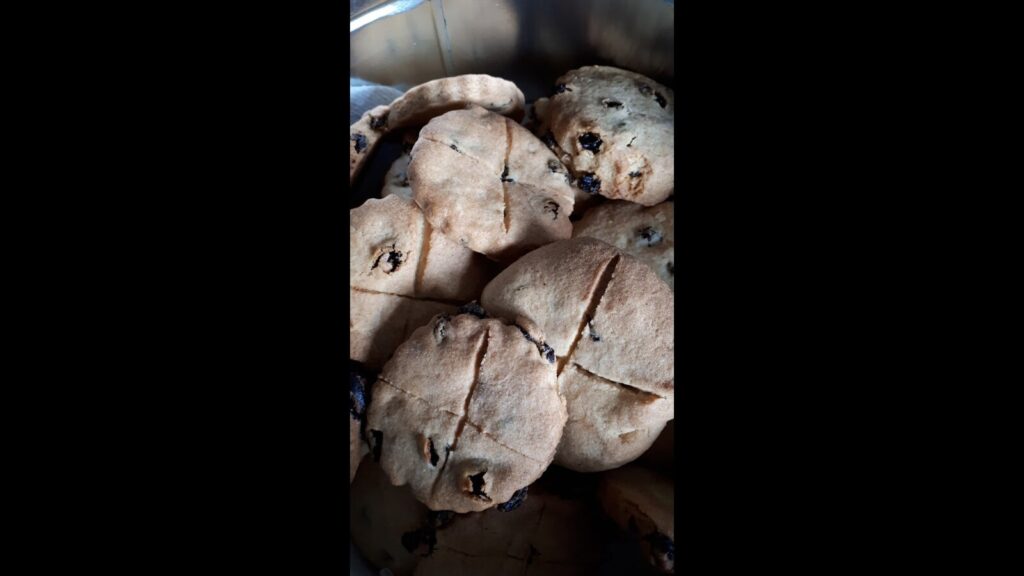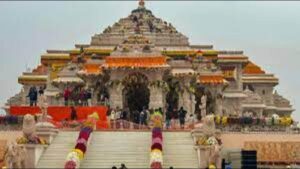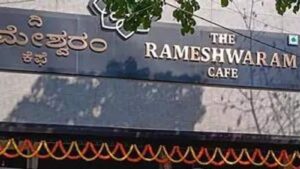Taste of Life: Remembering the dead with traditional food

All Souls’ Day, also called The Commemoration of All the Faithful Departed, is a day of prayer and remembrance of the faithful departed, observed by Christians on November 2. In Western Christianity, including Roman Catholicism and certain parts of Lutheranism and Anglicanism, All Souls’ Day is the third day of Allhallowtide, after All Saints’ Day (November 1) and All Hallows’ Eve (October 31). It was first introduced in Europe in the eleventh century, by Odilon, abbot of Cluny, who enjoined it on his order; and was soon after adopted by the neighbourhood churches.

The Catholic Church set the day apart for intercession for the souls in Purgatory, when prayers and masses were offered for their release from the suffering. The notion was that on All Souls’ Day, the dead were granted respite from their sufferings and were allowed to roam whither they willed, and, as it was natural that they should visit their own houses or those of their nearest connections, they were provided with dinner, after partaking of which they felt gratified and went in peace.
All Saints’ Day was the festival of those saints to whom, on account of their numbers, particular days could not be allotted in the individual honour. It was observed till most of the nineteenth century in England, as well as its vigil, by a feast, of which apples and nuts were deemed indispensable ingredients.
In medieval England, the first day of November was dedicated to the angel presiding over fruits and seeds and was named “La Mas Ubhal”, the day of the apple fruit.
The Irish households in the Civil Lines of Poona placed lighted candles in the houses’ windows on the evening of this day. The effect was quite picturesque on a dark November night. Irish and Scottish army men in the nineteenth-century Poona drank a beverage made of roasted apples, sugar, and ale on All Hallows Eve. Barmbrack, a type of raisin bread, was eaten by the Irish on the night of Hallowe’en. Some women and bakers put a ring in each loaf of barmbrack. It signified marriage or good luck. The Irish gardeners in Poona believed that fruit and vegetables had to be harvested before November 1, because on Hallowe’en the “púca”, a creature of Celtic and English folklore, went about spitting on them and making them inedible. They ate nuts, apples, and various potato dishes on the night of Hallowe’en.
The “Poona Observer”, on November 4, 1868, wrote that the “devoted” in the city distributed oaten cakes, called “soul-mass cakes” to the poor on All Saints’ Day and All Souls’ Day. Another kind of cake, called “Dirge-loaf” was baked in Scottish households on All Souls’ Day. The “Dirge-loaf” was given to family and friends who visited that day.
F Cornaglia and E Muratore, the famous Italian confectioners of Poona, baked almond biscuits, orange and cinnamon biscuits, and “pan dei morti” (bread of the dead) for All Souls’ Day. Muratore also served broad beans and pork rib soup in his restaurant in the first week of November.
In Lancashire, on All Souls’ Day, there was a sort of procession of youngsters from house to house, at each of which they recited or sang psalms, and in return received presents of cakes. The custom was called “Psalm-caking”. Another custom called “souling” was practised till the nineteenth century where on All Saints’ Day and All Souls’ Day, the poor people in Staffordshire, Cheshire, and perhaps in other country places in England, went from parish to parish “a-souling” – begging for soul cakes and singing. Children went round to all their neighbours, collecting cakes and singing the doggerel –
“Soul! Soul! for a soul-cake;
Pray, good mistress, for a soul cake.
One for Peter, and two for Paul,
Three for them who made us all.”
In sixteenth-century England, the offerings of the first fruits of the year’s harvest were called “soul-cakes” which the rich gave to the poor in the Hallowe’en season, in return for which the recipients prayed for the souls of the departed. This custom became so favoured in popular esteem that, for a long time, it was a regular observance in the country towns of England for small groups to go about from parish to parish begging soul cakes, by singing under the windows.
Later, a rich, round, fruity bun became known as soul cake. They were generously sprinkled with sugar before putting them in the oven. These soul cakes took several forms. From simple buns, over time they developed into round shortbread-like cakes with raisins and currants mixed into the dough. They could be marked with a cross pressed into them with a knife before baking or have a cross of dried fruit arranged on top. The soulers who came to the door would offer a prayer for those the householder had lost, hopefully freeing the dead from Purgatory and would receive a soul cake each. Going from home to home begging for soul cakes was a popular custom of Hallowe’en that crossed the Atlantic and is similar to modern-day trick or treating.
The soul cakes travelled to India with the British. However, newspaper archives and church communications indicate that souling did not become a popular activity in India, probably because by the time the British settled in India in large numbers in the mid-nineteenth century, it had ceased to be practised on a wider scale in their native country. The “Bombay Chronicle”, on November 8, 1887, mentioned that some children went souling in Bombay, Ahmednagar, and Poona that year and received biscuits, nuts, and fruits from families that were not expecting them at all; the families had baked soul cakes only for themselves. The “Poona Observer”, a decade earlier in 1877, had reported that some children went “souling” on All Souls’ Day. The rituals became limited to attending the Mass offered for the souls of the faithful departed and visiting graveyards to pray and decorate their graves with flowers, candles, and incense.
In 1881, there were no celebrations in the Panch Howd Mission in the city on All Saints’ Day and All Souls’ Day because there was only one priest there then and he was laid up with a fever. The priest wished he could do more for the sisters, but he could not stand. He had arranged that all the Christians, or as many as could, should visit the cemetery on All Souls’ afternoon and take flowers to lay on the graves of their departed friends, returning afterwards to a special service.
To commemorate the dead was not peculiar to the Catholic Church. Some practices of this kind could be traced through all ages, religions, and nations. Most of the commemorations were based on a widespread belief that the souls of the dead visited their old homes once a year and so provision for their comfort and sustenance formed a large part of the observance. Rajkumar Sarvadhikari, speaking about the Hindu Law of Inheritance at the Tagore Law Lectures in 1880, compared All Souls’ Day to the “pitru pindi yajna” of the Hindus and soul cakes to “pindas”, the rice balls “presented by the Hindus to the souls of the deceased”. In India, many castes and communities remembered the dead on the day in the “PitruPaksha” or “All Souls’ Fortnight” in the month of “Bhadrapad” which corresponded to the day of death. Hence, several native Christians embraced All Souls’ Day readily.
In the article titled “Customs and Beliefs in Salsette” published in “Indian Antiquary” in May 1899, Geo F D’Souza mentioned that native Christian families put up a table on which were placed various foods and water for the souls. They believed that the dead would descend and eat on the first and leave again on the second of November. A letter written by an anonymous parishioner from Poona published in the next issue of the journal mentioned that some native Christians from the city celebrated All Souls’ Day like the “Sarvapitri Amavasya” where dishes like “kheer” were cooked for the departed souls.
Rituals related to death and the dead are expressions of cultural blueprints, attitudes, moral values, and ideals passed down through generations and adopted by individuals in society. They are affected by notions of gods, devils, souls, spirits, and afterworlds. They are attended by sentiments and beliefs that transcend the utilitarian, which makes their study invaluable.




